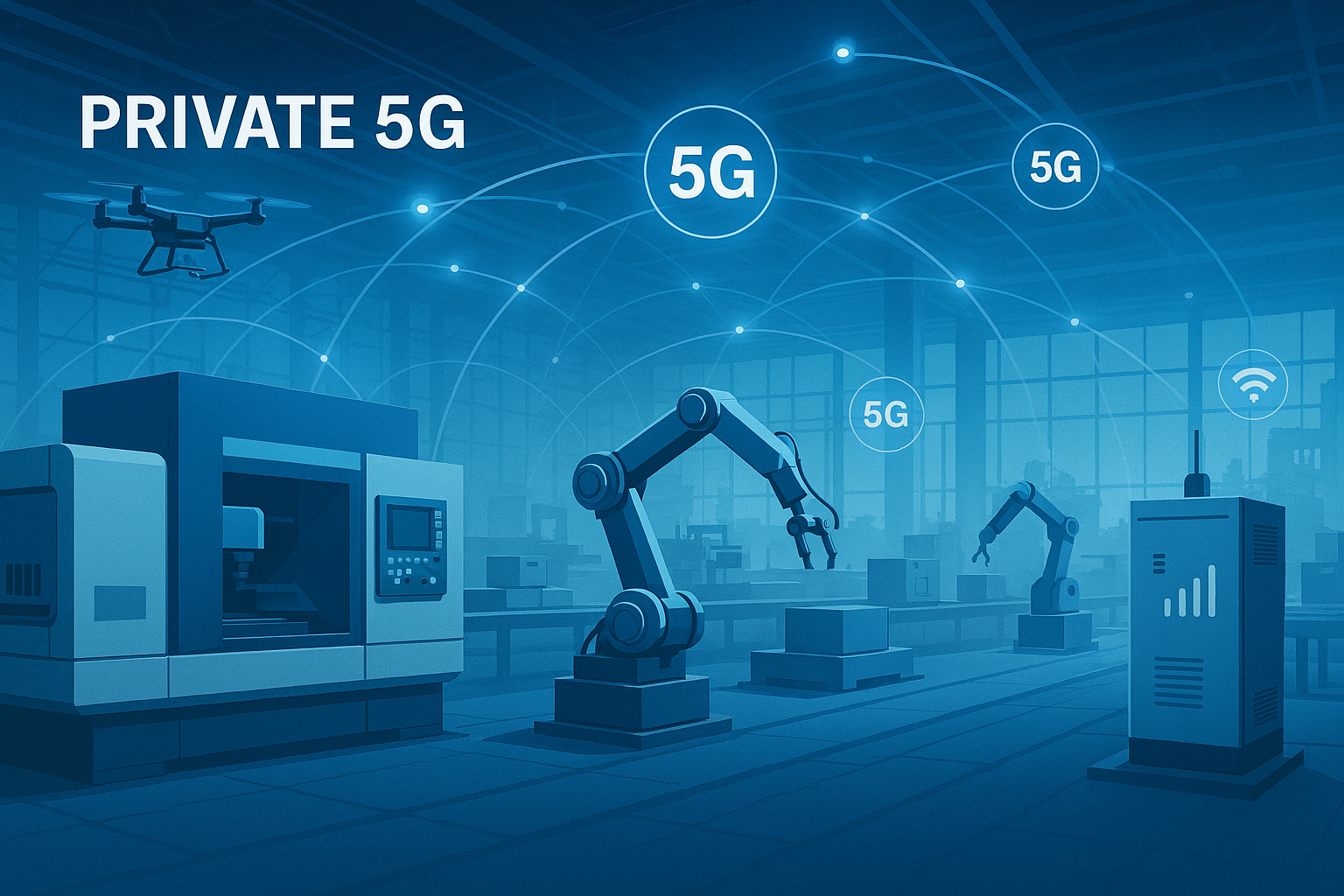A version of this post was first published on Forbes.
There’s little question that generative AI and large language models is changing how we interact with the technology around us. LLMs allow humans to speak directly to computers, revolutionizing how we engage with technology. Even though it’s still in its early days, ChatGPT-like functionality is already all around us, found in everything from web browsers to software development tools.
Less obvious but equally transformational is using generative AI to interpret events in IT and communications infrastructure to drive new levels of AI-powered automation.
In the IT world, for example, companies like ServiceNow are beginning to use generative AI to interpret data and generate automated actions. Letting generative AI make operational decisions promises to redefine AIOps by bringing new levels of efficiency to organizations across nearly every industry.
Some industries, like telecom, can use generative AI to improve customer experiences while also driving new levels of operational efficiency across very complex infrastructure. Despite the massive potential benefit, however, the industry is slow to embrace GenAI.
Survey Says: Telecom Isn’t Embracing GenAI (Yet)
Amdocs, one of the giants in the telecommunications industry, together with analytics company Analysys Mason, released the results of a global survey of communications service providers to understand how generative AI impacts those CSPs. The results were surprising.
While the IT industry rapidly embraces generative AI to understand and manage infrastructure, telecom is moving much more slowly. The Amdocs survey showed that less than a quarter of CSPs use GenAI today. The surprising statistic is that nearly half of the respondents haven’t even begun exploring the technology.
According to Amdocs, most CSPs investigating or utilizing generative AI are focused on low-impact use cases like marketing content creation, co-pilot-style query generation, and text summarization. CSPs are not yet embracing GenAI to optimize and automate operations, where the benefits could be truly transformational.
Even if many telecoms aren’t evaluating or deploying GenAI-based solutions, they recognize the need. The survey respondents called automation a crucial element for reducing operational costs and improving customer engagement. According to the survey, 75% of respondents believe that integrating GenAI with operational systems will significantly enhance their automation capabilities, extending the range of tasks and actions they can perform automatically.
The primary challenge the CSPs cited is one often faced when evaluating any new technology: identifying the high-value, high-return use cases. Generative AI is still new, and many industries share telecom’s frustration in identifying how best to invest in it. It makes sense that those adopting GenAI are experimenting with safe use cases like content generation for marketing.
Some of the highest-value use cases for generative AI are using the technology to automate operations to drive efficiency and lower costs. The challenge is that the telecom world is rife with unique domain-specific knowledge. GenAI systems must be either created or adapted with the proper context using techniques like LLM fine turning or RAG.
Despite its tremendous potential, the CSPs won’t directly take on the challenge of internally developing solutions. The communications industry will instead look to forward-thinking solutions providers to do the heavy lifting for them. It’s no coincidence that Amdocs commissioned this survey, as it’s one of the technology providers most aggressively developing GenAI solutions for telecom.
Telecom-Focused GenAI
At the Mobile World Congress, Amdocs introduced new GenAI capabilities for its telco-native amAlz platform earlier this year. The company also announced an expanded strategic relationship with Microsoft to combine its Amdocs amAIz platform and Microsoft Azure OpenAI Service.
The amAlz platform, developed in collaboration with Microsoft and Nvidia, integrates carrier-grade architecture with large language models tailored for communications service providers. The platform enables services to harness GenAI’s full potential cost-effectively.
While Amdocs’ solution leverages GenAI to solve telecom-specific business problems ranging from customer acquisition to maintenance, the platform’s ability to help manage the infrastructure with its Intelligent Network Suite is most exciting.
Utilizing GenAI, the suite analyzes network and service data to produce actionable insights. It can identify patterns, correlate events with impacted customers, and offer prioritized recommendations. This enables CSPs to make informed decisions quickly and address issues proactively.
One of the suite’s standout features is its ability to implement closed-loop automation. This means it not only identifies problems and suggests solutions but can also automate the execution of these solutions, minimizing manual intervention, accelerating resolution times, and ensuring consistent network performance.
The Amdocs Intelligent Network Suite significantly boosts operational efficiency by automating routine tasks and processes. CSPs can manage their networks more effectively, reduce costs associated with manual operations, and reallocate resources to more strategic initiatives.
Analysis
Generative AI will be transformational for the cost-sensitive telecom industry, driving new levels of customer satisfaction and operational efficiency across functions. CSPs slow to adopt generative AI will find themselves at a competitive disadvantage. But while the technology’s promise is clear, understanding how to realize that potential is less clear. This is where partners can help CSPs navigate the path to an AI-optimized organization.
According to Amdocs’ survey, CSPs are taking three primary paths towards incorporating GenAI capabilities into their business: building their own GenAI platforms, using professional services for specific use cases, and embedding GenAI capabilities within BSS/OSS products. Each approach has its trade-offs in control, speed, cost, and efficiency, highlighting the need for CSPs to carefully consider their strategies based on their specific circumstances and capabilities.
Amdocs isn’t alone in helping move the telecom industry forward with generative AI. Public cloud providers like Google Cloud and Amazon’s AWS have targeted telecom offerings. At the same time,industry-focused providers like Netcracker, Nokia, and NTT also offer GenAI-based solutions. It’s a market filled with fierce competitors.
GenAI promises to transform the telecom industry. CSPs must take a strategic and well-considered approach to GenAI integration. By focusing on use case strategy, operational workflow integration, and data governance, CSPs can achieve high-quality GenAI implementations, align with industry regulations, and secure a competitive advantage in the evolving GenAI-driven marketplace.
The challenge facing CSPs is that, while they must act swiftly to capitalize on the benefits of GenAI, mistakes can be costly and difficult to reverse. Engaging with a sophisticated and experienced partner that understands the intricacies of the telecom market while also demonstrating strength in the complexities of generative AI technology is a smart approach that removes risk. Amdocs is one such partner.





